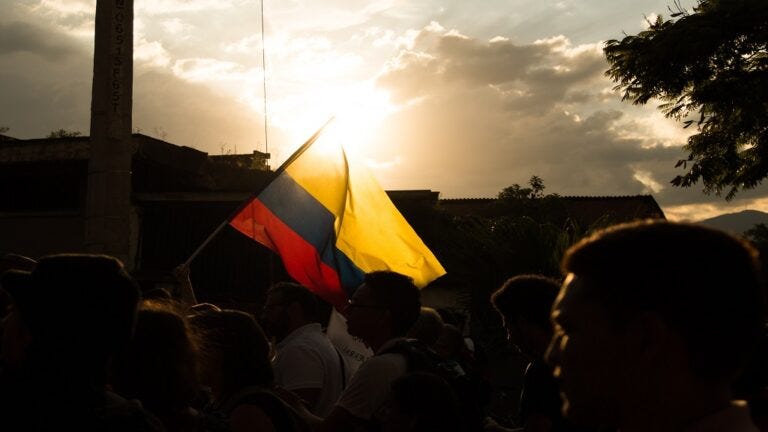
It is time to shed some light on the ‘gateway to South America’ and its murky criminal underworld. The country in question is Colombia, home to one of the world’s largest narcotics trades, specifically cocaine. Why is this relevant? There are currently around 22 million cocaine users worldwide with over 300 million people having used cocaine in their life. This has caused long-lasting drug and addiction problems for many people and countries. Understanding the origin will convey how a low-level drug operation grew into a global operation and issue.
The story begins in the mid-1970s with a man later to be known as ‘the King of Cocaine’ – Pablo Escobar. He and his associates formed the notorious Medellín cartel in 1976 which began to smuggle cocaine via suitcases into places in the United States like Miami. This operation grew and grew, causing the sociocultural cocaine boom phenomenon of the late 1970s and early 1980s. Exportation destinations also grew. The operation began functioning on a global level, with the cartel bringing in billions in drug profits every year. Over time, new and competing cartels emerged that expanded Colombia’s cocaine operation further. It is believed today that there are over 300 active drug smuggling operations in Colombia, a showing huge expansion since the mid-1970s.
But why Colombia? Coca leaves, used as the raw material to produce cocaine, flourish in moist and hot climates such as Colombia’s. This factor ensures that Colombia produces 60% of the world’s cocaine, followed by Peru and Bolivia which share similar climates. The country, by nature, has cocaine in its DNA.
So, what is the current situation in Colombia looking like? The COVID-19 pandemic significantly slowed Colombia’s cocaine operations. With international travel severely curtailed, producers struggled to get the products to the market. The closing of nightclubs and bars further decreased the demand for the illicit drug. Despite this lull, however, the industry has seen a notable rebound post-Covid. In 2022, the UN Office on Drugs and Crime reported that coca production in Colombia has risen 24%. Moreover, the area planted with coca leaves has risen by 13%. This development demonstrates the increase in the volume of cocaine produced, with Colombian cocaine production rising to 1,738 tons in 2022, compared to 1,400 tons in 2021, constituting a 20% change. Colombia’s underworld is very much alive and kicking.
It is no secret that all this is a major political and societal problem for Colombian authorities, tasked with combating the source of a global drug operation, something much easier said than done. There have been small wins over the years, most notably with the death of Pablo Escobar, shot by Colombian special forces on a rooftop on December 2nd, 1993. However, time has shown that removing one major player only creates space for more players and cartels. Almost 30 years on, this is exactly what has occurred.
For years, Colombian authorities have targeted the root of production through coca eradication. This policy has been clearly unsuccessful. Earlier this year, left-wing President Gustavo Petro announced plans to reduce efforts on forced eradication and instead plans to pursue drug trafficking leaders, and his visions have evolved throughout the year. Early October saw the beginning of initiatives to cut the size of coca plants and prevent deforestation linked to drug trafficking while helping transition small farmers into the legal economy. Only time will tell how successful this shift in policy will be, but history thus far has shown the cartels always emerge victorious.
Unfortunately, major breakthroughs in combating drug trafficking do not come easily in Colombia. The cartels have such a firm grip on the country that they always find routes around potential problems. Importantly, as long as cocaine markets remain open, the problem will remain. Therefore, destination countries also have an important role to play in closing these markets via their own drug policies. But for the foreseeable future, the decades-long war on drugs is set to continue.
Image: Colombia to End its ‘War on Drugs’ by Leon Hernandez // CC BY-NC-ND 2.0



Average Rating